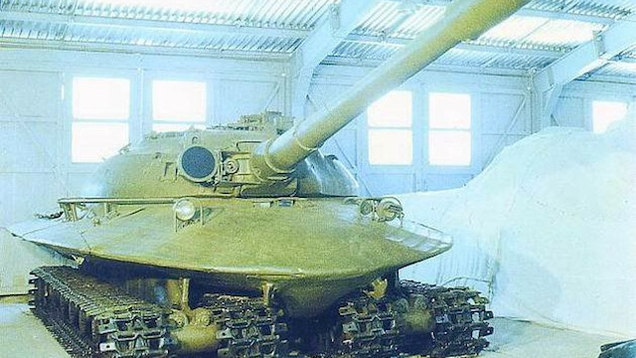
New Panther tanks being loaded for transport to the front in 1943 The spring thaw and the resulting rasputitsa, the mud season which rendered most vehicular traffic impossible, froze the front for the spring, giving both sides time to prepare for a renewal of the fighting once the ground became traversable again. Kursk lay in the middle of a Soviet salient – a “bulge” in the frontline (very much like that one the Battle of the Bulge was named after) pushing into German-held territory. In late February and early March, Manstein managed to retake the Ukrainian city of Kharkov (today Kharkiv), and the frontline stabilized near the Russian city of Kursk, some 420 miles (670 km) northwest of Stalingrad and 286 miles (460 km) south of Moscow. Field Marshal Erich von Manstein met Hitler on February 6, 1943, and convinced him to authorize a major counteroffensive to stop the Soviet advance and regain the initiative. The Red Army began to push the invaders back west, putting several German army groups in jeopardy. The Battle of Stalingrad ended in early 1943 with a Soviet victory ( Read our earlier article - The field marshal who surrendered). The factories saved from the Germans had been reassembled and were putting out an ever-increasing amount of materiel, including the T-34 tanks that gave German Panzer IIIs and IVs (Read our earlier article: the German workhorse – Panzer IV) a nasty surprise earlier in the campaign. With all three German advances stalling out, initiative started to slip away from Hitler. Entire factories in the path of German advance were dismantled, transported to the safety of the Ural Mountains and beyond, and reassembled – all the while unable to churn out weapons and other necessities.Ī Soviet anti-tank rifle crew during the Battle of Kursk The Red Army was in constant retreat, trying to buy time for the country to mobilize for war.

The simultaneous drives toward Moscow and Leningrad were intended to deliver such a blow, and were off to a good start.

Operation Barbarossa, Hitler’s invasion of the Soviet Union, relied on knocking Stalin’s regime out of the fight quickly, before the country’s massive manpower and industrial capacity could be brought to bear against the smaller German army. Today’s article is about the battle, which began 80 years ago, on July 5, 1943. The battle of Kursk, while recognized as the largest tank battle in military history, is often considered as something of secondary importance. Most people in the West see the Eastern Front through the optics of the bloody Battle of Stalingrad and the dreadful two-and-a-half-years-long siege of Leningrad. Soviet troops counterattacking behind T-34 tanks at Prokhorovka on July 12


 0 kommentar(er)
0 kommentar(er)
